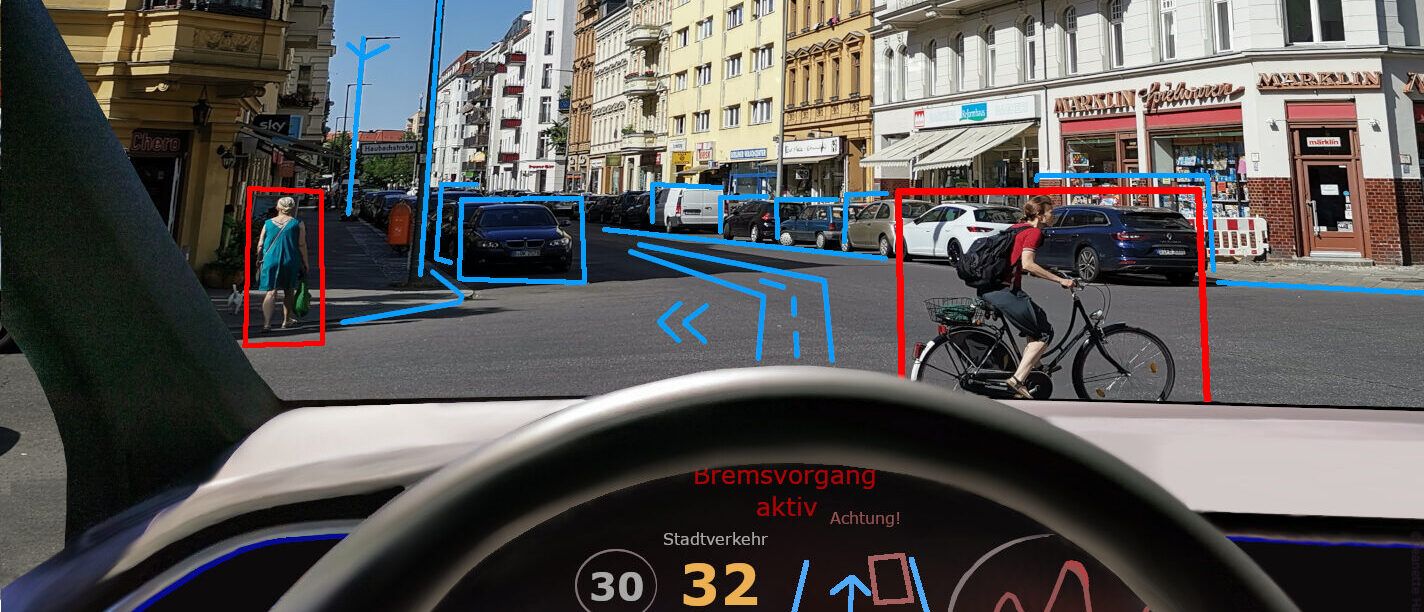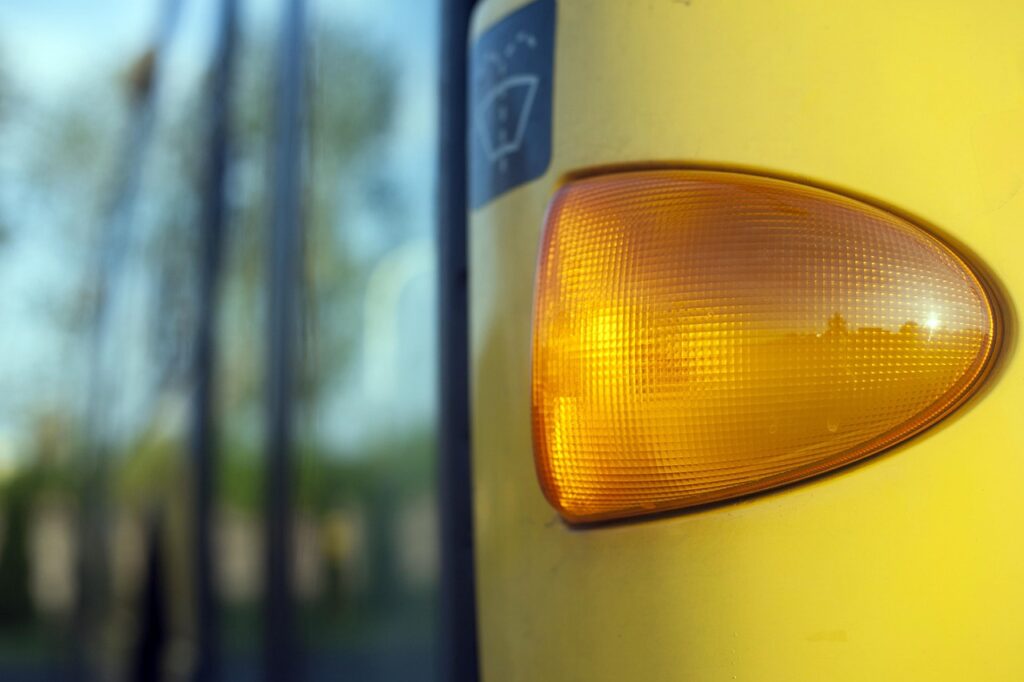
Ah, the open road! The hum of the engine, the wind in your hair, and then, BAM! A phantom driver, seemingly guided by nothing but pure intuition (or perhaps a total lack of awareness), swerves in front of you, merges into your lane, or makes a hard turn without a flicker of a signal. Sound familiar? We’ve all been there, white-knuckling the steering wheel, wondering if we’re living in some sort of automotive Hunger Games where basic communication is a forgotten art. It’s not just inconsiderate, folks; getting lazy with the turn signal leads to crashes every single day.
It’s a curious thing, really. That little lever on the left side of your steering wheel, capable of conveying a universe of information with a simple flick, is often treated like an optional extra, a quirky accessory for the overly cautious. But here’s the kicker: this isn’t just about good manners. This is about survival on our increasingly crowded roads. Failing to signal isn’t a mere peccadillo; it’s a silent epidemic that directly contributes to millions of accidents annually.
So, buckle up, buttercup! Today, we’re not just going to vent about ‘blinker-less’ bandits; we’re diving deep into the absolute necessity of turn signals. We’ll expose the alarming scale of this neglect, unravel why these little lights are the unsung heroes of road safety, highlight the often-ignored legal ramifications, and even touch on how they become crucial in unexpected places like parking lots and around those behemoths of the highway—the big rigs. It’s time to shed some light on the dark side of driving etiquette, or, more accurately, the distinct lack thereof.

1. **The Alarming Reality of Blinker Neglect: The Sheer Scale of the Problem**Let’s kick things off with a statistic that should make your jaw drop faster than a poorly secured tailgate. Drivers, on average, fail to properly use their turn signals over 750 billion times per year. Yes, you read that right: *billion*. That’s a number so gargantuan it almost loses its meaning, but let it sink in. This isn’t just an occasional oversight; it’s a systemic failure of basic driving communication that has become frighteningly commonplace on our roads.
A study by the Society of Automotive Engineers (SAE) drills down into the nitty-gritty of this neglect, and the numbers are even more granularly terrifying. Drivers fail to signal when switching lanes a staggering 48% of the time. When it comes to turning, that number drops slightly but is still an appalling 25% of the time. And just for good measure, motorists improperly leave their blinkers on long after changing lanes or use the wrong turn signal an additional 10% of the time. It’s almost as if some drivers are actively trying to sow confusion on the asphalt.
But wait, there’s more! If you think these statistics are just a minor annoyance, consider this: turn signal neglect causes over two million auto accidents every year. Let that sink in for a moment. That number represents nearly one in five accidents and is more than *twice* the number of annual accidents attributed to distracted driving. So, next time you’re fumbling with your phone or yelling at the radio, remember that the guy who just cut you off without signaling is statistically a far greater threat to your well-being. It’s a sobering thought, isn’t it?

2. **Beyond Courtesy: Why Turn Signals Are Mission-Critical**For many, using a turn signal is seen as a quaint gesture of courtesy, a polite nod to the drivers around them. But let’s be brutally honest: on today’s roads, where everyone is in a hurry and attention spans are shorter than a TikTok video, turn signals are far more than just a courtesy. They are the essential visual language of the road, a non-verbal declaration of intent that acts as a vital warning sign for other motorists.
Think about it: when you flick that lever, you’re not just making a light blink; you’re communicating a critical piece of information. You’re telling the driver behind you, the one in the next lane, and even the pedestrian eyeing the crosswalk exactly what you plan to do next. This invaluable communication allows other highway drivers to observe your intentions, process that information, and then do something revolutionary: slow down, create space, and maintain a safe distance between cars. It’s a domino effect of safety, all triggered by a tiny, flashing light.
When motorists properly signal their intentions to turn, exit, or park, they give everyone else on the road a crucial heads-up. This advanced warning allows other drivers to decrease speed, change lanes, or safely stop in order to avoid a collision. It’s the difference between a smooth, predictable flow of traffic and a chaotic ballet of sudden braking and angry honks. Ultimately, using your turn signal isn’t just about being nice; it’s about actively preventing property damage, severe bodily injury, and the kind of headaches that no amount of ibuprofen can fix.
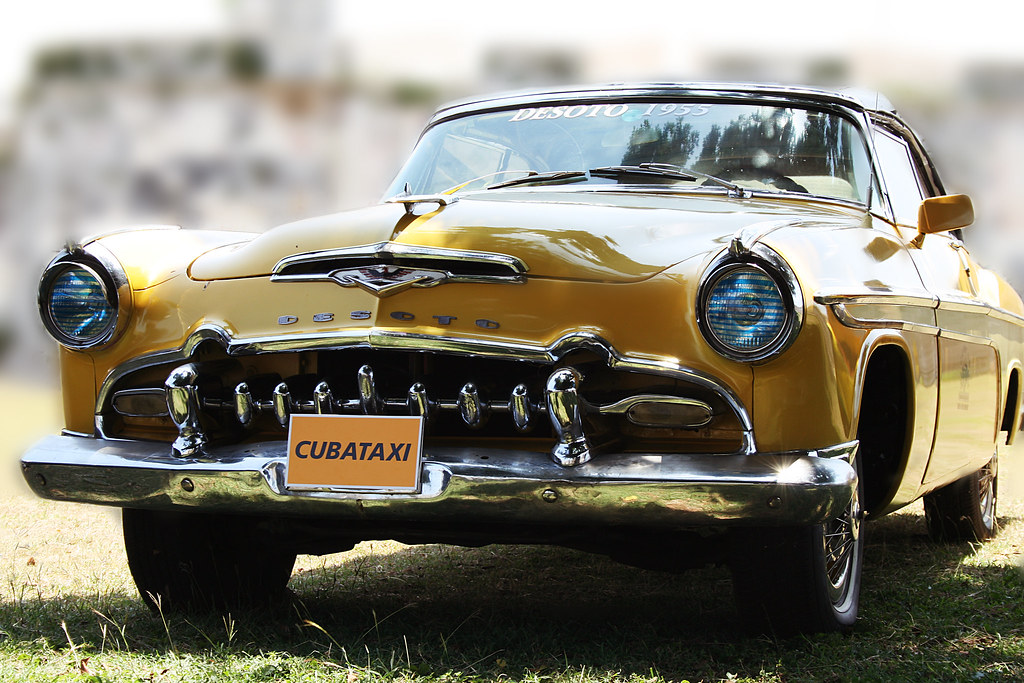
3. **The Law of the Lane: When Your Blinker *Must* Engage**Despite what some drivers might seem to believe, your turn signal switch is not optional. In fact, national law requires the use of turn signals. While specific driving laws, including those pertaining to turn signals, can vary slightly from state to state, the core requirement remains steadfast: signaling is a legal mandate, not a suggestion. Ignoring it isn’t just rude; it’s a traffic violation that can hit you right in the wallet.
Whether you’re piloting a compact car, a behemoth SUV, a nimble motorcycle, a bustling bus, a trusty rideshare vehicle, a commercial delivery truck, or even a gargantuan tractor-trailer, there are specific scenarios where your turn signal isn’t just recommended—it’s absolutely necessary. These include merging lanes, indicating that you are changing lanes or merging onto a highway. It’s the highway handshake, really, a way of saying, “I’m coming over, please make space.”
Beyond merging, the applications are extensive and non-negotiable. Turning, whether on an interstate highway, a quiet residential street, or a winding county road, demands a signal before turning left, right, or even executing a U-Turn. Passing other vehicles also requires your blinker; unless otherwise indicated, motorists should only use the left lane to pass another vehicle and should signal before moving lanes. And don’t forget those often-overlooked moments: pulling into or out of a parking spot and exiting highways, expressways, or freeways using an off-ramp. In short, if you’re altering your direction or lane, the rule is simple: signal 100% of the time. No exceptions, no excuses.
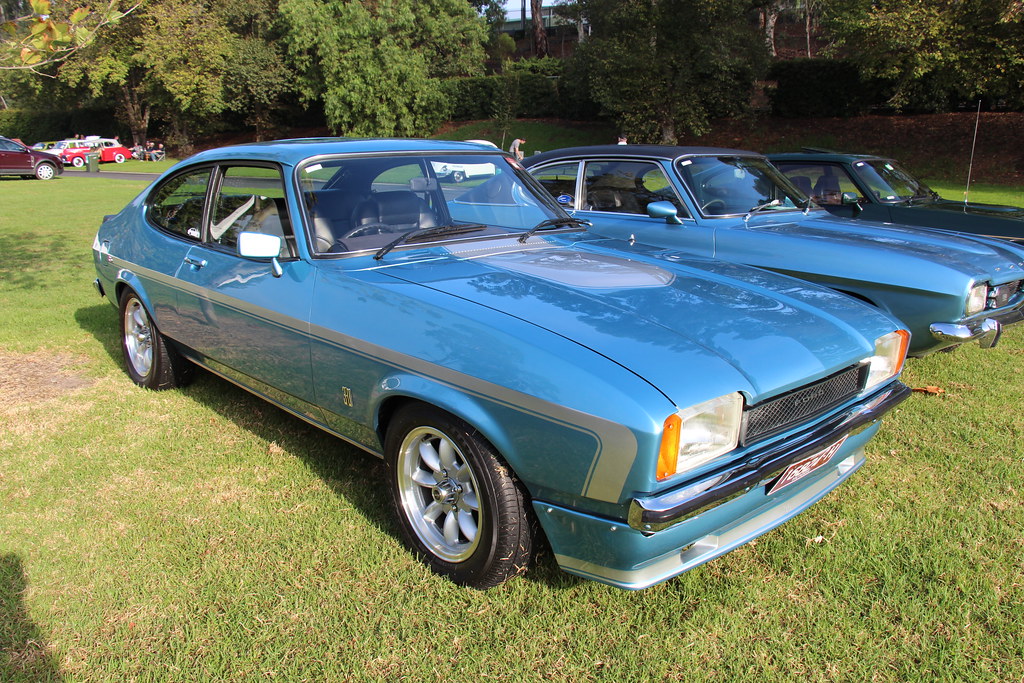
4. **The High Price of Laziness: Consequences for Your Wallet and Well-being**Thinking that neglecting your turn signal is just a harmless shortcut? Think again, because the consequences for this casual disregard can be alarmingly severe, impacting not just your driving record but your financial stability and even your physical health. Drivers who fail to signal when changing lanes, merging, exiting, or turning can be ticketed for their traffic violations. While the immediate cost of these tickets might be relatively minor depending on your state, it’s the ripple effect that truly stings. Insurance companies are absolutely gleeful at the prospect of raising rates for policyholders who rack up such driving infractions. Your premium isn’t just a number; it’s a judgment on your driving habits, and a ticket for non-signaling is a big red flag.
But the financial hit is often the least of your worries. Turn signal failures are not just about fender benders; they cause collisions and crashes with genuinely injurious, or even lethal, consequences for motorists, passengers, bicyclists, and pedestrians. According to the SAE, that alarming figure of two million auto accidents every year due to turn signal neglect isn’t just abstract data; it represents countless shattered lives and untold suffering. When a driver’s negligent use of a turn signal causes an accident, the fallout can be catastrophic, leading to extensive damage to property, including personal vehicles like cars, trucks, motorcycles, and bikes, which may be partially or totally destroyed.
The human cost is even more devastating. Like all catastrophic auto collisions, crashes caused by motorists’ negligent turn signal use can result in severe and permanent injuries. A 2020 study by the Association for Safe International Road Travel (ASIRT) paints a grim picture: 4,400,000 American drivers are seriously injured or disabled every year. These aren’t just bumps and bruises; these are life-altering traumas. Beyond the physical scars, many people suffer from the insidious effects of trauma after an auto collision, experiencing symptoms that can include trouble sleeping, debilitating depression, crippling anxiety, loss of appetite, uncontrollable mood swings, a profound lack of motivation, trouble concentrating, and a soul-crushing loss of everyday joy. It’s a mental and emotional battlefield that survivors must navigate long after the wreckage has been cleared.
And the repercussions don’t stop there. Accident survivors who have endured permanent injuries and/or are grappling with psychological side effects may find their ability to work severely hampered, if not entirely foreclosed. Their once-stable employment may become impossible to maintain, leading to dramatic financial strain. The wider economic and societal impact of these crashes is simply staggering; according to the ASIRT, direct medical expenses alone cost American citizens more than $380 million dollars every year, and the total economic and societal burden costs the United States more than $871 billion annually. This isn’t just personal tragedy; it’s a national crisis.
Perhaps the most chilling consequence of turn signal neglect is the ultimate one: death. The ASIRT study also reveals that more than 38,000 people die each year in car crashes in the United States, meaning someone dies on the road every twenty-four seconds. Auto accidents are, in fact, the leading cause of death for every American under the age of fifty-four. That flick of a lever, or the lack thereof, can literally be the difference between life and a statistic. It’s a sobering thought that should haunt every driver who considers skipping that simple, life-saving gesture.
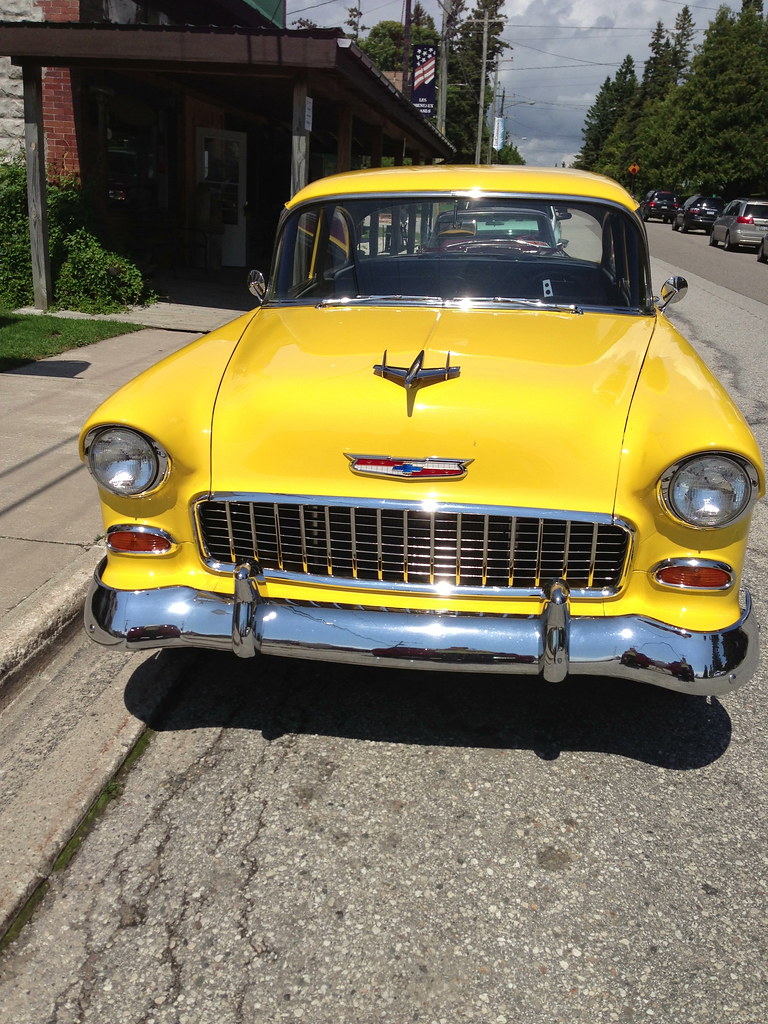
5. **The Parking Lot Peril: Signaling in the Stationary Scenarios**When we think of turn signal neglect, our minds often jump to high-speed highway maneuvers or bustling city intersections. But let’s zoom in on a deceptively dangerous arena where turn signals are just as critical, yet often forgotten: the humble parking lot. Every single year, more than 50,000 collisions occur in parking lots across the country. That’s a staggering number for what many consider to be low-speed, low-risk environments. And guess what? A significant portion of these accidents happen precisely because drivers fail to signal when turning or pulling into or out of a parking spot.
It’s a peculiar phenomenon, this parking lot signaling amnesia. Perhaps it’s the perceived lack of speed, the feeling of being ‘almost there,’ or the sheer abundance of distractions. According to the National Safety Council, a startling two-thirds of drivers in commercial parking lots are distracted. Whether they’re fumbling with their phone, yelling at their kids, or mentally composing their grocery list, their attention is everywhere but on the essential task of communicating their intentions. But here’s the cold, hard truth: turn signal rules apply in parking lots just as rigorously as they do on the open road.
Imagine the scene: you’re backing out of a tight spot, only for another driver to suddenly pull forward without a blinker, creating an instant stalemate or, worse, a crunch of metal. Or perhaps you’re cruising for a spot, see one open, only for a car already waiting to suddenly turn in without any warning, forcing a hasty slam on the brakes. These aren’t just minor annoyances; these are preventable incidents. Signaling your intention, even in the seeming chaos of a parking lot, provides clarity, reduces confusion, and gives other drivers (and pedestrians!) the precious seconds they need to react safely. It’s the simplest way to avoid becoming one of those 50,000 statistics.
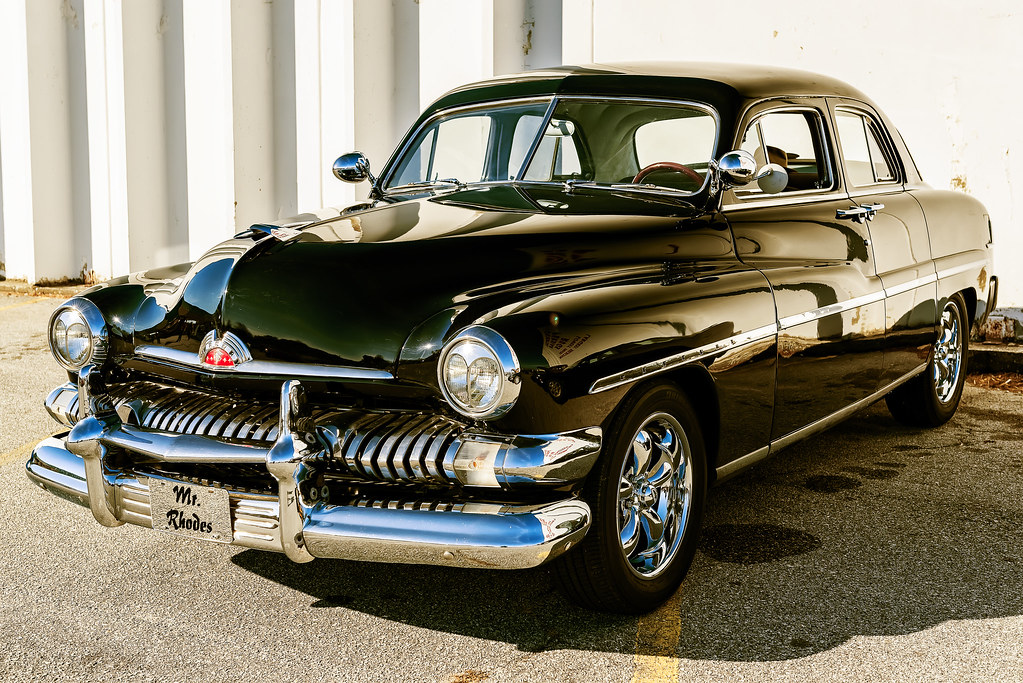
6. **The Trucker’s Warning: Why Big Rigs Demand Your Blinker’s Respect**Now, if you thought turn signal neglect was dangerous in your average sedan, multiply those risks by about a zillion when you’re sharing the asphalt with a tractor-trailer. Because trucks are larger, carry more cargo, contain more blind spots than a secret agent’s memory, and are inherently more difficult to slow down or stop, the catastrophic consequences of turn signal negligence are often magnified exponentially. We’re talking about collisions involving semis, commercial delivery trucks, and other industrial giants where a moment’s lapse in communication can turn into an absolute disaster.
It’s a fundamental law of physics that too many drivers seem to forget: large trucks simply can’t slow down, stop, or change lanes as quickly as a passenger car. They have significantly longer braking distances, massive blind spots (often called ‘no zones’), and require vast amounts of space to maneuver. That means if you decide to make an unexpected move around a truck, even a seemingly minor lane change or a quick turn, the truck driver may not be able to react in enough time to avoid a collision. Their ability to compensate for your lack of signaling is severely limited, putting everyone at incredible risk.
This isn’t just a suggestion; it’s an imperative etched in the very fabric of road safety: ALWAYS use your turn signal when making a turn or changing lanes around a tractor-trailer. It’s not just about protecting yourself; it’s about acknowledging the immense challenge and responsibility that comes with operating these massive vehicles. Give them the courtesy and the crucial information they need to keep everyone safe. A quick flick of your blinker might seem insignificant to you, but to a truck driver, it’s a vital piece of intelligence that could prevent a tragedy of epic proportions. Don’t be the driver who makes an unexpected move and then wonders why a 40-ton vehicle couldn’t magically stop on a dime.

7. **Mastering the Art of Communication: Precise Etiquette for Lane Changes and Turns**Alright, gearheads and road warriors, we’ve covered the dire consequences of turn signal neglect. Now, what’s the *right* way to communicate your intentions? A world of difference exists between a hasty flicker and a clear, anticipatory signal. This isn’t about rules; it’s mastering the road’s language, transforming guesswork into predictable, safe maneuvers.
The golden rule: signal *in advance*. Don’t press the blinker at the lane line. State laws suggest signaling at least 100 feet—30 yards—before your move. This gives motorists crucial heads-up to process, adjust speed, or create space. It’s vital with heavy trucks or many cars; an invitation, not a demand.
For lane changes, the principle applies. It’s unsafe to frantically activate your signal as you muscle into the next lane. Indicate intention well before. This isn’t a race; it’s negotiation. Signal, check mirrors (and blind spots), wait for entry. Patience is a collision-prevention superpower. Don’t assume others magically anticipate your departure.
For turns, interstate or residential, engage signal as you approach intersection, not halfway through. Up for right, down for left—simple mechanics, profound impact. This warns oncoming, cross-traffic, and pedestrians. While 100 feet is good, dense traffic or large vehicles may warrant earlier signaling, maximizing reaction time. It’s about harmonious ballet where everyone knows the next move.
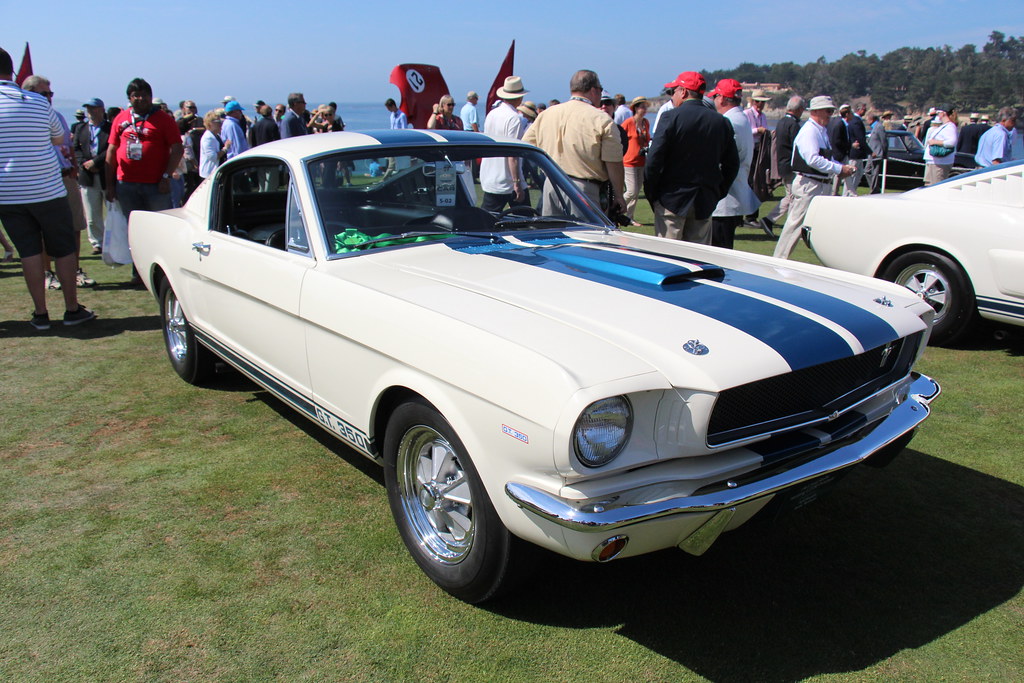
8. **Guardians of the Crosswalk: How Signaling Protects Pedestrians and Cyclists**Our focus often drifts to car-on-car interactions, but let’s not forget vulnerable road users: pedestrians and cyclists. For them, a driver’s turn signal isn’t traffic flow; it’s a potential lifeline, a clear intent. Neglecting that flick isn’t just inconvenience; it’s a dangerous game with someone’s life at stake.
Heart-wrenching statistics: in 2018, 6,227 pedestrians died in car collisions. While distracted driving is a villain, many tragedies could be prevented with timely signals. A pedestrian relies on vehicle cues. If a car turns without warning, they have little time to react. Your blinker is a non-verbal warning, instructing them to “stay put, I’m coming this way.”
This vital communication extends to two-wheeled compatriots. Cyclists are acutely vulnerable to sudden, unsignaled maneuvers. An unexpected right hook or swift lane change can send a cyclist tumbling, often with serious injuries. Signaling gives them crucial opportunity to adjust, slow, or brace, anticipating and mitigating risk. It’s fundamental to responsible road sharing.
Next time you approach an intersection or driveway, remember that little blinking light isn’t just for other cars. It’s critical information for everyone, a silent promise to communicate intentions clearly. It’s an act of respect, communal safety, and a fundamental expectation. Don’t be the reason someone else’s day takes a tragic turn because you neglected a simple flick.

9. **The Blinker Blunders: Exposing Common Signaling Errors That Drive Us Crazy (And Cause Crashes)**
We’ve discussed signaling’s importance and execution. But even drivers *trying* to use blinkers often botch it. These errors aren’t just minor irritations; they sow confusion, breed frustration, and increase accident risk. It’s like assembling IKEA furniture without instructions – intent is there, execution questionable. Let’s illuminate these blinker blunders to do better and avoid becoming a bad driving meme.
Perhaps the most infuriating error is forgetting to turn the signal off after a turn. We’ve all stared at a car ahead, blinker flashing relentlessly on a straight highway, wondering if they forgot or attempting a phantom maneuver. While modern cars often self-cancel for sharp turns, subtle lane changes frequently leave the blinker stubbornly on, creating a misleading signal. Equally problematic is the “too late” signal, or “no signal at all.” This classic move involves a car slamming brakes and *just beginning to turn* before the signal appears—or not at all. This isn’t signaling; it’s an action underway, robbing drivers of crucial reaction time.
Then there are confusing missteps: signaling *too early* on a multi-intersection road, essentially shouting “wolf!” and misleading others, or using hazard lights instead of turn signals when stopping—a critical misapplication. Even a distraction-induced wrong signal (left intent, right flick) poses a risk. These seemingly minor miscommunications prove that even with good intentions, poor execution can be just as dangerous as outright neglect, jeopardizing road safety and testing everyone’s patience.

10. **Blinker Brilliance: Exploring Technological Advancements Aimed at Improving Signal Use**We’ve chewed on the problems, dissected etiquette, and critiqued errors. Now, let’s pivot to the future! The automotive world isn’t just watching us fumble. Innovative engineers are developing technologies to make turn signal use more intuitive, effective, and even automatic. From subtle visual aids to autonomous signaling, the quest for better road communication is underway.
One practical advancement is integrating turn signal indicators *into side mirrors*. Drivers see a dim light when the signal is active. This isn’t just aesthetics; it’s brilliant driver feedback. It reminds your signal is on, combating the “forgetting to turn it off” blunder. It makes checking mirrors and confirming your signal a seamless, combined action, reinforcing good habits.
Beyond indicators, some vehicles incorporate advanced camera systems for turn safety. Right-hand turn cameras revolutionize perception in blind spots. Mounted beneath exterior mirrors, they provide real-time feeds of lurking objects, often on the infotainment screen. Some feature auditory alerts—a “beep-beep-beep” warning if an object (or pedestrian/cyclist) is in your blind spot, actively preventing dangerous turns. It’s a proactive safety step, ensuring your signaled intention doesn’t inadvertently cause a collision.
Then there’s the frontier: automated signaling. Companies like Tesla implement features that automatically activate turn signals, sensing driver intention without explicit input. This is interesting and controversial. Benefits include eliminating human error, ensuring signals are always used, and reducing accidents. However, it introduces reliance on technology that isn’t foolproof and might reduce conscious driver engagement. Regardless of views, it’s a powerful demonstration of technology tackling driving’s oldest communication failures. The future, it seems, might just be blinker-bright.
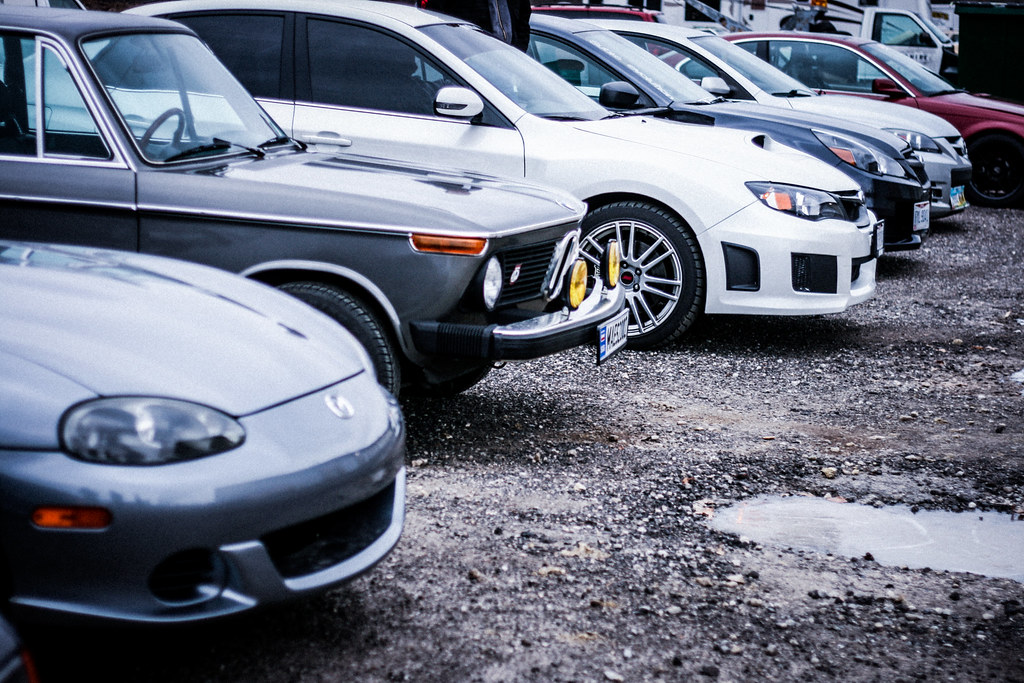
11. **The Cultural Shift We Crave: Making Your Blinker a Built-In Reflex, Not an Afterthought**We’ve dissected the problem, understood rules, and peeked at the tech-fueled future. But here’s the unvarnished truth: solving the blinker neglect epidemic requires a fundamental cultural shift. It’s not about new laws or fancy cameras; it’s about making that flick of the lever an ingrained, unconscious habit, as automatic as breathing. This isn’t just a recommendation; it’s an imperative for a safer, saner driving experience for everyone.
How many of us consciously *decide* to put on a seatbelt every time? For most, it’s a reflex. That’s the automaticity we need for turn signals. It shouldn’t be a calculation, a quick glance, or hesitation. It should be an immediate, instinctive action, without a flicker of thought, every single time you intend to alter your vehicle’s path.
The beauty of habit formation is its universality. It doesn’t matter if you’re in rush hour gridlock, a quiet street, or the only car in sight. The rule remains: use your blinker. You never know who or what is around the corner, emerging from a blind driveway, or observing. Consistent practice reinforces the habit, making it stronger and less prone to situational lapses. It’s about building a robust system that prioritizes clear communication.
So, how do we get there? It starts with conscious effort, for new and experienced drivers. Remind yourself constantly. Make it a mental checklist until automatic. Encourage others. Lead by example. This cultural shift isn’t just personal responsibility; it’s a collective endeavor. When signaling becomes the norm, expectation, and default, our roads will transform, reducing confusion and preventing countless accidents. Let’s make the humble turn signal a symbol of thoughtful, respectful, and *safe* driving culture.

12. **The Ultimate Payoff: Preventing Collisions, Protecting Lives, and Avoiding Legal Headaches**We’ve covered much ground, dissecting turn signal neglect, its profound importance, and simple improvements. But let’s zoom out to the ultimate benefits of this seemingly small act. It’s not just avoiding a ticket or politely acknowledging others; it’s about road safety, preventing human suffering, and avoiding crushing financial and legal repercussions. The payoff for consistent turn signal use is monumental.
At its core, proper signaling is the easiest, most effective way to prevent collisions. Turn signal neglect causes a staggering two million car crashes annually—dwarfing distracted driving accidents. These aren’t minor fender-benders; they’re often violent and destructive. Unsignaled lane changes lead to rear-ending and sideswiping, while unsignaled turns cause devastating T-bone accidents—over 50% of auto-related deaths. Your blinker is a shield, a predictive tool giving everyone the chance to react, slow down, and steer clear of catastrophe.
Beyond the immediate crash, turn signal negligence has ruinous financial and emotional ripple effects. If at fault in an accident due to failing to signal, you face legal pain: personal injury lawsuits, potential criminal charges, skyrocketing insurance premiums, even license revocation. Direct medical expenses, property damage, emotional trauma, inability to work—these brutal realities for millions annually could often be avoided with a simple, timely flick.
So, as we conclude, internalize this crucial message: using your turn signal isn’t just a polite suggestion or an antiquated rule. It is a fundamental responsibility, an act of self-preservation, and a profound commitment to the safety and well-being of all on our roads. Make it a non-negotiable part of your driving routine. Preventing that next accident, safeguarding a life, or avoiding a debilitating lawsuit often comes down to that tiny, flashing light. Drive smart, drive safe, and for the love of all that is holy, *use your blinker*!



